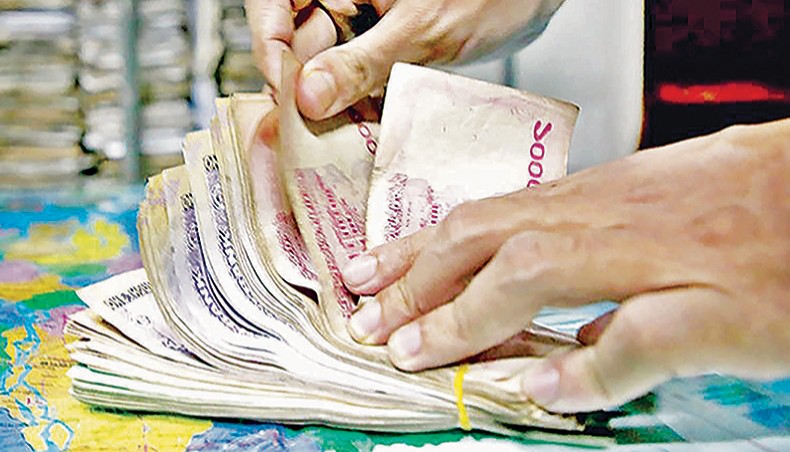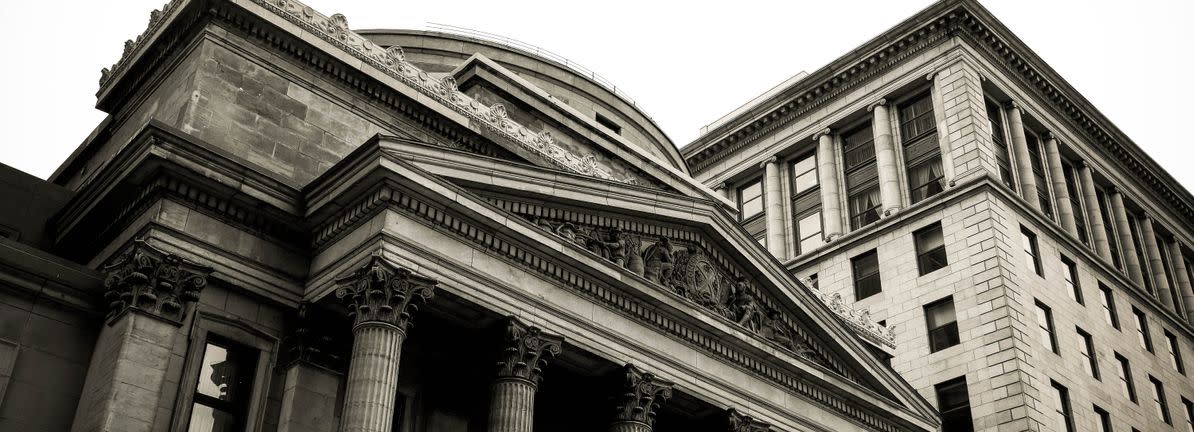
A file photo reveals a man counting taka notes in the money. — New Age photograph
In any place, a safe and sound and seem banking process is the sine qua non of a sturdy economy.
By channelizing funds from savers to debtors, banking companies assist retain the wheels of the economic system shifting, in the way boosting the confidence of corporations, buyers and customers.
But for decades, state-owned financial institutions in Bangladesh have been foundering beneath the body weight of pressured or non-accomplishing property — or terrible loans, in lay man’s term — all thanks to irrational lending and inadequate evaluation and monitoring of debtors.
Any personal loan that remains overdue for more than 3 months is termed as a pressured asset in the banking sector.
And today, this large pileup of undesirable financial loans threatens to derail the financial revival in Bangladesh by choking the credit source channel of the economic climate, as in opposition to export earnings and the resilience of the private sector in fuelling progress amid Covid.
In point, the cumulative non-doing financial loans of six state-owned business banks at this time stand at Tk 43,836 crore versus that of the put together determine of Tk 49,191 crore of 42 non-public professional banks.
For many years, Bangladesh Financial institution — the central lender — has been underscoring the need for point out-owned financial institutions to fortify the recovery of financial loans lying unrealised by defaulters, a lot of wilful.
At the same time, banking companies have been recommended to consider essential ways in meeting the money deficit and creating a skilled asset legal responsibility administration ecosystem.
Md Serajul Islam, central bank’s spokesperson and executive director, instructed UNB that the pressured belongings of the point out-owned banking institutions improved ‘marginally due to the larger volume of whole superb loans’.
Implementation of a slew of stimulus deals has induced an increase in the superb financial loans in the country’s banking process throughout the 1st half (H1) of the calendar year, he said.
The quantity of excellent loans rose by much more than 3 for each cent to Tk 12,13,164 billion as of June 30, 2021, from Tk 11776.59 billion quarter on quarter, as for every BB info in UNB’s possession.
Janata Bank handling director Md Abdus Salam Azad admitted the escalating stressed assets challenge in the economic system.
‘We have already taken some techniques as for every the central bank’s guideline to maximize the recovery of NPL, and we are operating toward decreasing the poor financial loans of Janata Financial institution,’ he stated.
Having said that, he claimed that the condition-owned banking companies have been executing nicely in sectors like remittance, agriculture loan disbursement and restoration, implementation of stimulus loan disbursement other than financial loan recovery from large industries.
‘The state financial institutions perform with some constraints which also have an affect on bank loan recovery from the top rated defaulters,’ he reported.
But the recovery of NPL of four massive condition-owned banking companies is not satisfactory, if figures are to go by.
In the very first six months of this calendar year, Sonali Financial institution set a target of accumulating Tk 350 crore from the best 20 defaulters, but only Tk 10 crore was recovered. During the period, Janata Bank gathered Tk 7 crore from the focus on of Tk 800 crore, Agrani recovered Tk 36 crore against the concentrate on of Tk 240 crore and Rupali collected only Tk 38 lakh towards the focus on of Tk 220 crore.
The NPL of condition-owned specialised banks also increased from Tk 2,038 crore to Tk 2,456 crore in H1 of the yr.
Despite the fact that gross NPL ratio in the banking sector moderated to 8.18 for each cent at the close of Q4FY21 from that of 9.16 for each cent at the end of Q4FY20, it amplified marginally from that of 8.07 per cent at the finish of Q3FY21 partly owing to the lifting of the financial loan moratorium facility and slackness of financial functions owing to the nationwide lockdown.
The gross NPL ratio was recorded at 8.61 per cent at the conclusion of Q4FY21 from that of 8.48 for every cent at the finish of Q3FY21. The gross NPL ratio of PCBs went down to 5.44 for every cent at the conclusion of Q4FY21 from 5.63 for every cent in Q4FY20, even though it amplified from that of 5.13 for each cent at the stop of Q3FY21.
On the other hand, the gross NPL ratio of SCBs and FCBs moderated to 20.62 for each cent and 3.91 per cent at the conclude of Q4FY21 from 20.91 for each cent and 4.13 per cent, respectively, at the close of Q3FY21.




/https://specials-images.forbesimg.com/imageserve/5fd27f7ddc275abe8f1502aa/0x0.jpg)
